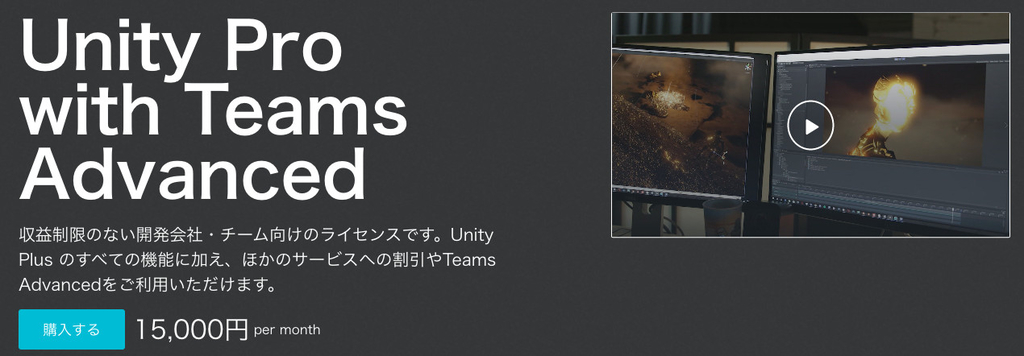
New in 1.11:Added multiple products from a single Unity project, with their own separate scene lists. Much expanded asset size logs, improved diagnostics to help figure out why builds fail. Version number can be passed in an environment variable for CLI builds.
Why use AutoBuilder?
No other asset on the store has as many critical build features every project needs.
What does it do for you?
* Multi-platform builds are done in one click, or fully command-line driven.
* Intuitively create and reorganize asset bundles based on folder structure.
* Figures out bundle ordering automatically and downloads them automatically on startup if necessary. No coding required!
* Comes with a progress bar scene that advances smoothly while async loading bundles, prunes old bundles, then launches your scene. It just works!
* Unique Feature: Bundles Work In-Editor! Intelligent workflow designed to play exactly the same in editor as with a published build, helps bulletproof your project with the benefit of the same fast loading performance, without requiring all your bundles to be rebuild repeatedly.
* You can work 100% locally until you're ready. Save tons of time waiting on builds and waiting on uploads and downloads.
* Unique Feature: Fully Self-Contained builds are just one checkbox, and it knows to move the bundles into /StreamingAssets/ and load completely without needing a network connection.
* Built-in BuildVersion that you can set manually, pass in an env var, auto-increment (for build servers, build scripts), or use UTC clock tick... or come up with your own scheme.
* All the hidden configuration settings for Player and Asset Bundle builds exposed per platform, all in one place. It's the UI Unity should have had. All that power is just a few mouse clicks, and no code change.
* This is hard stuff to write. On most projects it takes months to get builds working properly, so you wait to the end. Don't. Using AutoBuilder, your whole development cycle is faster because it helps load times every time you launch
* Yes, there are a few assets in the store that give you bits and pieces of this... an auto-incrementing build version... an asset bundle inspector... a build automation tool... but nothing demystifies the whole build system or makes the whole process as painless and simple as AutoBuilder.
All in one package. Add it up, and you'll see there's no deal better.
Okay, how does it work?
* Asset Bundles are set up just by arranging a directory structure. Each folder becomes a bundle. Super simple.
* Unlike Unity's built-in asset bundle system, AutoBuilder does NOT duplicate assets. Ever. Instead, AutoBuilder figures out how to arrange bundle order so it just works out. If it's impossible, it tells you which assets need to move to a shared bundle folder. Super simple. You also never need to tag assets for bundles again.
* Rearranging what assets come from what bundles is a snap, because when you load assets in code, you can use the full path (assets/bundles/art/...) or just partial path (art/...), so even when you move assets around, the game still works!
* Super flexible command-line build support, in case you want to use Team City or Jenkins to automate your builds.
* All the build settings are stored in a ScriptableObject with a nice Inspector. Easy to check into version control. No fiddling with the Build Machine.
* Asset bundles are completely testable inside the Editor, so no need to go through the full build process until you're ready.
* Intelligently designed for delivering asset bundles on a CDN. This is crucial for good download speeds, but especially helpful for large or distributed teams, where the bundles can be built by the build server and pushed to a CDN directly.
* Multiple versions of your game can be live simultaneously, as the asset bundles do not conflict with each other, even when their contents change. This is crucial for games on multiple platforms that release at different times (iOS, Xbox, PS4, Switch) and out of your control.
* Only bundles that change need to be downloaded, and those that are shared between platforms do not take up additional server space.
* All the commands to control it are on a single simple Menu, and all the code is available for you to tweak, should you need to. It's very clean and commented code, too.
* Also, AutoBuilder does not slow down builds. If anything, they can be faster and easier because bundle organization is easier, and bundles that don't need to rebuild don't rebuild.
What about support?
* There's an awesome document that explains everything in great detail.
* There's the Website
* And you can ask questions on the Unity Forum
* Or send a message to the Support Email







